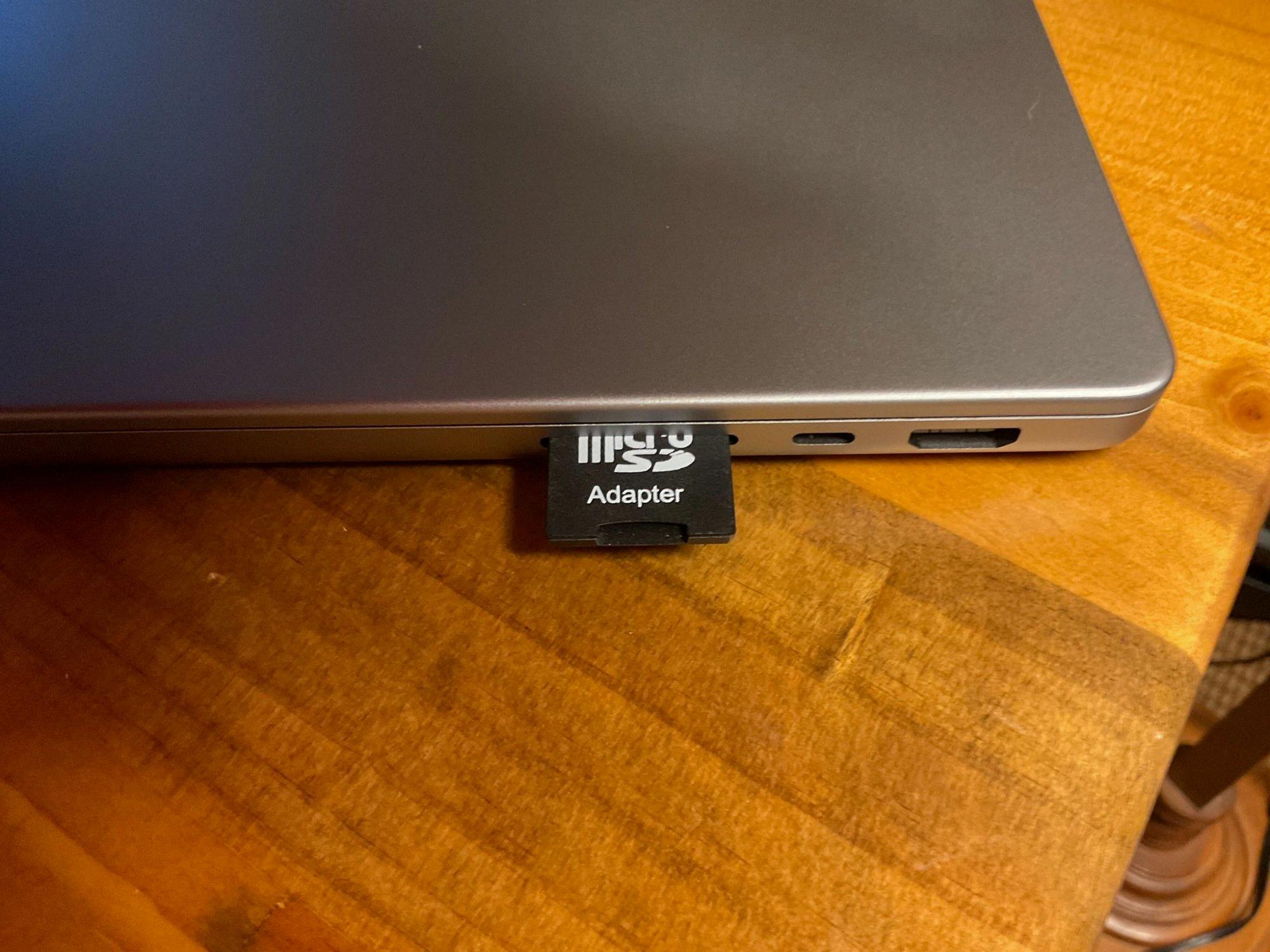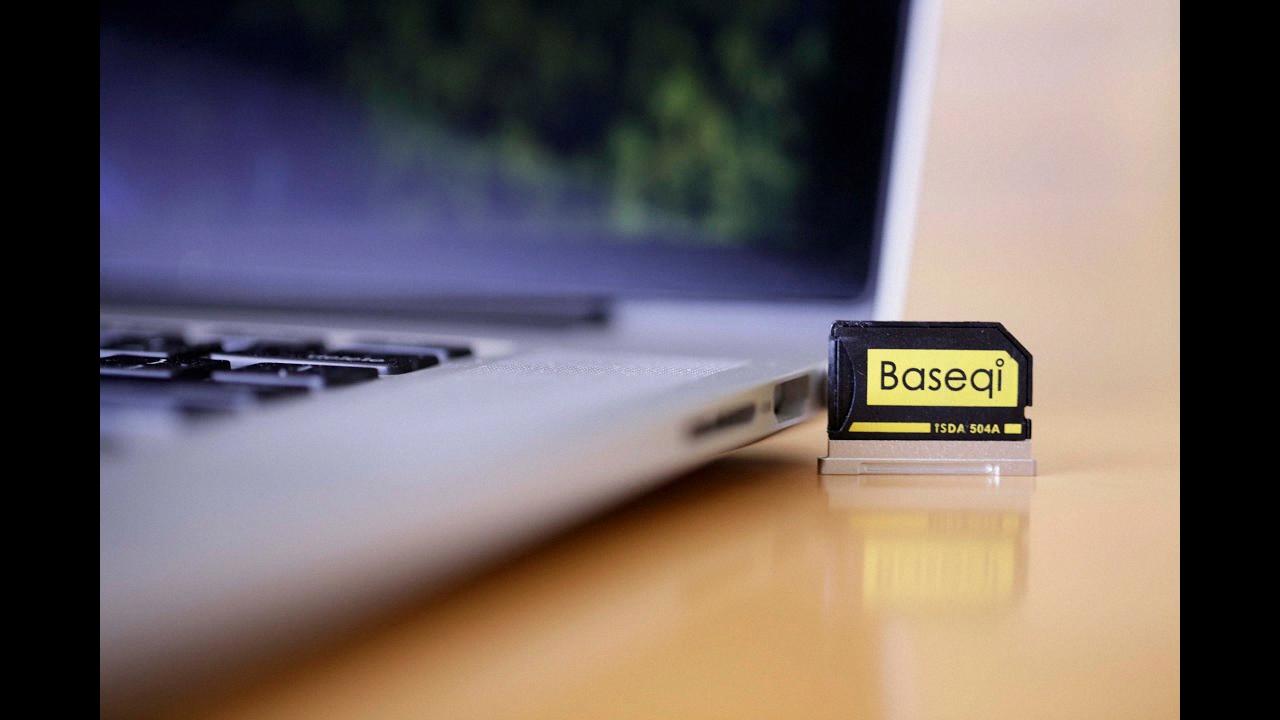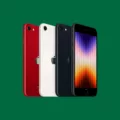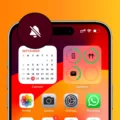Are you looking to add additional storage space to your Macbook Pro? An SD card may be just the solution you need! SD cards are small, versatile memory cards that can help you store photos, videos, music, and other data.
Here’s what you should know about using an SD card with your Macbook Pro:
First and foremost, make sure your Macbook Pro has an SD card slot. Some models of the Macbook Pro have an SDXC card slot that can accept both standard-size and microSD cards. If your computer does not have an SDXC card slot, then it will only accept a standard-size SD card.
Once you’ve confirmed that your laptop can accommodate an SD card, it’s time to get started! If you’re using a microSD card with an adapter, start by inserting the microSD card into the open slot of the adapter. Once the microSD is securely in place, insert the adapter into the SD card slot on your Macbook Pro with the metal contacts on the card facing down.
Now that you’ve inserted the SD card into your laptop, it’s time to begin transferring files onto it. Open up Finder on your computer and select “Devices” from the sidebar. You should see the name of your newly inserted storage device listed here along with its capacity and available space. To transfer files onto it, simply drag and drop them onto its icon or right-click and select “Copy” or “Move” from the context menu options.
When you’re ready to remove your new storage device from your laptop, simply click on its icon in Finder one more time and select “Eject [name]” from the context menu options. This will safely unmount the device so that it can be removed without causing any damage to either it or your computer’s hard drive.
Using an SD Card with a Macbook Pro is a great way to add extra storage capacity without sacrificing portability or convenience. With just a few simple steps outlined above, you can easily get started enjoying all of its benefits today!
Does the MacBook Pro Have an SD Card Slot?
Yes, the MacBook Pro does have an SD card slot. Depending on the model, the slot may be an SD, SDHC, or SDXC card slot. The 2021 MacBook Pro has an SDXC card slot. The 2011 through 2015 MacBook Pro models also have an SDXC card slot. The Mac Studio introduced in 2022 also has an SDXC card slot.

Source: forums.macrumors.com
Using a MicroSD Card on a MacBook Pro
To use a microSD card on your MacBook Pro, you’ll need an SD adapter. First, insert the microSD card into the open slot on the back of the SD adapter. Then, insert the SD adapter containing the microSD card into the card slot on your Apple laptop with the metal contacts on the card facing down and pointing towards the computer. You may need to use a bit of force to push it all the way in. Once inserted, your computer should recognize it as an external storage device, and you can begin transferring files or using it however you like.
Troubleshooting MacBook Pro’s Inability to Recognize SD Card
There could be several reasons why your MacBook Pro is not recognizing your SD card. It could be due to an issue with the card reader or SD card slot of your MacBook, a virus infection, an issue with the SD card itself (such as corruption or incorrect formatting), or incorrect system settings that are hiding external drives. To troubleshoot, we recommend trying another SD card in your MacBook Pro to see if it can be read. If not, try to reset the SMC and PRAM on your Mac. If this does not help and you are sill experiencing issues with the card reader, then it may be time to take it in for repair.

Source: youtube.com
Conclusion
In conclusion, SD cards have been a convenient and popular way to expand storage capacity on Apple Mac laptops since the early 2000s. With the introduction of the SDXC card slot, Mac users can now store even more data on their devices. The SDXC card slot is available on many models of Mac laptops released in 2021 and 2022, as well as some older models from 2011 through 2015. To use an SDXC card, simply insert a microSD card into an SD adapter and then insert the adapter into the card slot on your laptop. With an SDXC card, you can easily expand your storage capacity without sacrificing portability or compatibility with other devices.








